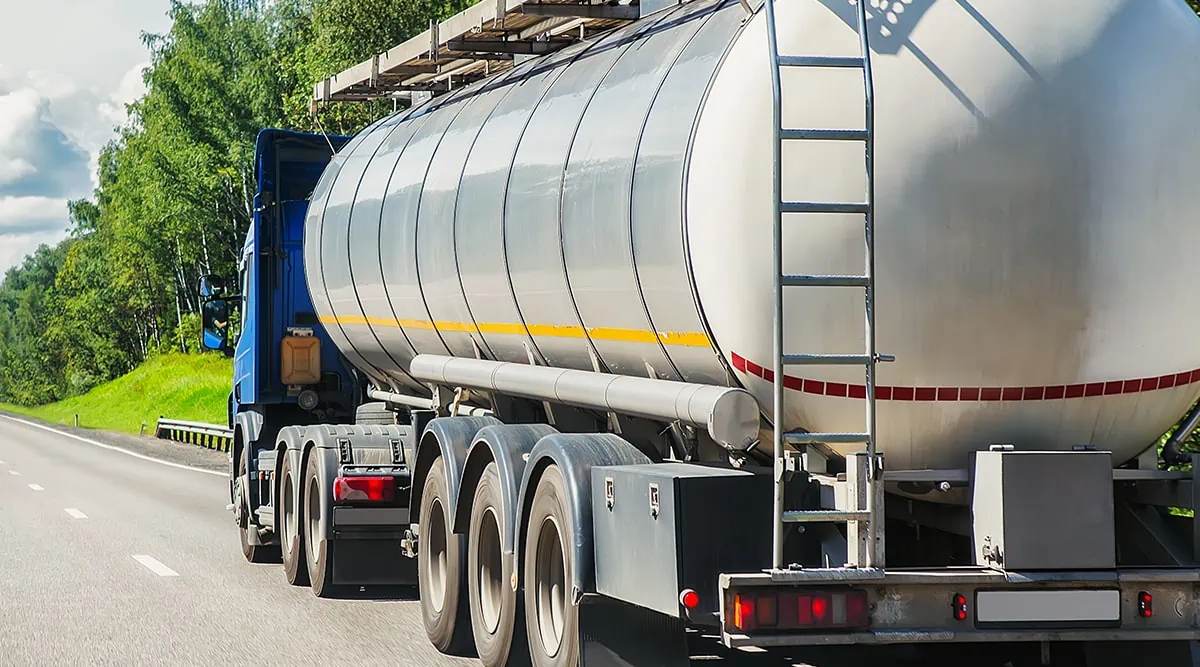Excitement About Reclaim Waste
The Best Strategy To Use For Reclaim Waste
Table of ContentsAn Unbiased View of Reclaim WasteThe Buzz on Reclaim WasteThings about Reclaim WasteFascination About Reclaim WasteThe Of Reclaim Waste
Domestic sewer waste refers to the waste and products from a domestic septic container. The appropriate monitoring and disposal of domestic sewage waste call for fluid waste to be transferred to a sewage treatment plant where the correct approaches and tools are used to detoxify and dispose of waste.
Industrial waste often consists of possible risks, such as combustible products or a combination of fluid and strong waste items, and requires a more innovative and thorough disposal process. The disposal of industrial waste commonly includes the filtration of waste prior to transport to guarantee secure and correct disposal. Industrial waste is created from by-products and drainage of commercial procedures and manufacturing.
This type of waste can not use the exact same sewage management transportation or procedures as septic or business liquids. The industrial waste management procedure calls for the inspection and testing of liquid waste before it undergoes the disposal procedure (liquid waste removal). Drainage waste is the fluid waste that comes from runoff and excess stormwater in highly inhabited areas or cities
Drainage waste can trigger contamination and flooding if not taken care of properly. Guaranteeing correct waste administration can protect against calamities and lower ecological damage.
Some Known Details About Reclaim Waste
Get in touch with PROS Services today to learn more about our waste monitoring and disposal solutions and the proper methods to look after the fluid waste you create.
(http://www.askmap.net/location/7161699/australia/reclaim-waste)This supposed 'wastewater' is not only a crucial source yet, after treatment, will certainly be released to our land, rivers or the ocean. Used water from toilets, showers, bathrooms, kitchen area sinks, laundries and industrial processes is known as wastewater.

water made use of to cool equipment or clean plant and devices). Stormwater, a form of wastewater, is overflow that moves from agricultural and city areas such as roof coverings, parks, gardens, roadways, courses and gutters right into stormwater drains, after rain. Stormwater streams without treatment straight to regional creeks or rivers, at some point getting to the ocean.
Some Known Details About Reclaim Waste
In Queensland, most wastewater is treated at sewer treatment plants. Wastewater is moved anonymous from residential or commercial sites through a system of sewers and pump stations, understood as sewerage reticulation, to a sewage treatment plant.
The Department of Natural Resources recommends city governments about handling, operating and keeping sewerage systems and treatment plants. In unsewered areas, local federal governments might need owners to set up private or home sewage treatment systems to deal with residential wastewater from commodes, kitchens, shower rooms and washings. The Department of Natural Resources authorises the use of family systems when they are confirmed to be efficient.
The majority of stormwater receives no treatment. In some brand-new subdivisions, therapy of some stormwater to remove clutter, sand and crushed rock has started utilizing gross toxin catches. Wastewater therapy takes place in 4 phases: Gets rid of solid matter. Larger solids, such as plastics and various other items wrongly discharged to sewers, are gotten rid of when wastewater is gone through screens.
Utilizes little living organisms recognizes as micro-organisms to break down and remove staying liquified wastes and fine fragments. Micro-organisms and wastes are integrated in the sludge.
The Reclaim Waste PDFs
Nutrient elimination is not readily available at all sewer therapy plants due to the fact that it calls for pricey specialized tools. Clear fluid effluent created after treatment may still contain disease-causing micro-organisms - liquid waste disposal.

This usually means wastewater needs to be dealt with or pollutants eliminated before it can be released to rivers. A lot of wastewater streams into the sewerage system. Under the Act, local governments provide authorizations and licences for eco relevant tasks (ERAs) entailing wastewater launches that might have a neighborhood effect. The department provides approvals and permits to Ages involving wastewater releases that may have a regional or statewide effect.
Reclaim Waste Fundamentals Explained
Or else, examples are taken for lab evaluation. Commonly lots of tests are required to develop the degrees of each of the various toxins such as oils, hefty metals and pesticides in water. Tracking gives valid information about water high quality and can confirm that licence problems are being met. The info gotten through monitoring supplies the basis for making water top quality choices.